The first time chronic pain takes hold, it often feels like your world shrinks. Plans become provisional. Sleep becomes slippery. The body that once helped you reach for what you love now feels like a puzzle with one stubborn piece that refuses to fit. If this is your reality, you are not alone. Across Australia, from the suburbs of Melbourne to the edges of the Top End, people live with ongoing pain that does not respect tidy timelines. Many find that the treatments that help a neighbour barely touch their own symptoms. Others do everything right and still wake each day to a familiar ache. That can be exhausting and frightening. It can also be the start of a different kind of healing.
An integrative approach to chronic pain does not ask you to pick sides. It sits comfortably with your GP and your physio. It welcomes the best of conventional medicine while giving equal weight to the intelligence of your nervous system, the power of attention, and the surprising reach of breath and movement. It respects the pain as real while refusing to let pain become the whole story. The aim is not to pretend your symptoms are only in your head. The aim is to help your mind and body reconnect in a way that changes your experience of pain at the level of physiology and daily life.
Understanding what pain is really telling you
Pain is not a simple alarm. It is an output of your nervous system created after a rapid fire evaluation of context. Your brain considers the state of tissues, but it also checks memories, mood, expectations, sleep, stress, and whether you feel safe. The experience of pain can increase even when tissue damage does not. This does not make pain imaginary. It makes it responsive and therefore workable.
When pain lasts, the nervous system can become sensitised. The pathways that carry danger signals grow quicker at firing. The danger filter narrows. Habits that once felt helpful become rigid. Everything starts to feel like hard work. The good news is that sensitisation is not a life sentence. Nervous systems learn quickly. They can also relearn. Gentle, repeated experiences of safety and control can soften sensitivity and widen the space between sensation and reaction. This is where mind-body strategies come in. They offer ways to change the conversation your nervous system is having with your body.
A new relationship with breath
Your breath is the most accessible lever you have for shifting your nervous system. Long, slow exhalations send a signal that you are safe. They increase heart rate variability, settle stress hormones, and quieten the arena where pain often amplifies. Many people try deep breathing and feel nothing. Often the problem is effort. If you force a big inhale, your shoulders tug upward and the nervous system gets mixed messages. Think of breath like a tide rather than a task.
Find a comfortable position. Place both hands lightly on your belly. Close your eyes or keep a soft focus. Let the inhale arrive on its own, then extend the exhale as if you are slowly fogging a mirror. Count silently in a gentle way. Four on the inhale, six to eight on the exhale. Continue for a few minutes. If your mind wanders, notice that and return to counting. If dizziness appears, shorten the counts. The goal is not perfection. The goal is a felt sense of steadiness that moves through your body like warm weather over water. Over time, this becomes a tool you can reach for before a flare, during a difficult car ride, or when settling to sleep.
Movement that honours your body’s limits
Many of us grew up equating movement with grind. That mindset clashes with chronic pain. The body that hurts rarely benefits from punishment. It responds to curiosity and small, consistent challenges. Gentle movement is not a consolation prize. It is a training ground where your nervous system learns that motion is possible and safe.
A helpful way to begin is to pick a baseline you can do on your worst day. That might be a five minute walk around the block, a few rounds of cat cow in the lounge room, or a handful of easy shoulder circles while the kettle boils. Keep the baseline steady for a week. On days you feel better, resist the urge to do three times more. Change the dial slowly. When your baseline is reliable, nudge it upward by ten to twenty percent and hold that for another week. This is called pacing. It is quiet and unglamorous and incredibly powerful.
If yoga appeals, seek a teacher who understands persistent pain and offers plenty of props and options. Think simple shapes rather than fancy forms. Mountain pose to reconnect with the ground. Supported bridge to ease the front of the body. Gentle twists to invite movement through the spine without strain. If water is available, let a warm pool carry some of your weight. Aqua movement can make formerly painful ranges feel possible again. If you have a trusty bike or access to a recumbent cycle at a local gym, try short, even bouts with planned rests. The key is predictability. Your nervous system likes knowing what comes next.
The power of attention
Attention is not the enemy of pain. What hurts is judging the pain and gripping around it. Mindfulness in this context means noticing without adding layers of fear or resistance. When you meet pain with a soft focus, the brain maps change. Areas linked to emotion and threat can quieten, while areas responsible for sensory detail become more balanced. You become able to tell the difference between the true signal of your body and the swirl of future thinking.
Try a simple practice. Sit quietly and bring attention to a neutral part of the body, perhaps the hands or the soles of the feet. Feel temperature, weight, contact. After a minute or two, shift attention to the area that hurts and see if you can describe the sensation the way a curious biologist would. Pulsing, heat, pulling, pressure. Then return to the neutral site. Move back and forth a few times. You are training your brain to hold both reality and possibility. Pain is here, and so is steadiness. Over days and weeks, this can dilute the dominance pain holds in your mental landscape.
Another practice uses sound as an anchor. Sit on the verandah or by a window and listen for the furthest sound you can hear, perhaps a magpie in the distance or traffic washing along a road. Then notice the nearest sound, maybe your own breath or the soft hum of a fridge. Move between far and near. Pain narrows the world. Sound practice widens it.
Reframing the flare
Flares often feel like a personal failure. You were doing well, then something spiked, and now you are back where you started. It is tempting to panic and abandon your routine. What if a flare is not a setback but a nervous system memory flicker that requires a different response. Instead of pushing through or stopping everything, try a plan you make while you are calm. Think of it as your flare script.
On the first day, reduce load a little but keep gentle movement. Return to those long exhalations. Use heat or ice if it helps. Write down three things you can still do. A short walk at dusk. A phone call with a friend who knows you do not need fixing. A simple dinner that is kind to your gut. The next day, reassess. Increase by a notch, not a leap. The aim is to avoid the boom and bust cycle that frustrates so many people. Over time, your flare script becomes a safety net that keeps you from catastrophising and gives your nervous system evidence that everything is not falling apart.
Nourishing from the inside out
Food is not a cure all, but it is a daily way to influence inflammation, mood, and energy. You do not need a complicated plan to begin. Aim for steady blood sugar so your nervous system is not yo-yoing. Include protein at each meal. Add colourful plants for fibre and polyphenols that support your microbiome. Notice what your body likes and what it does not. Some people with chronic pain find that reducing ultra processed foods and alcohol keeps flares calmer. Others feel better when they drink more water and eat enough magnesium rich foods like leafy greens, beans, and seeds. If you suspect a specific sensitivity, consult your GP or a dietitian rather than eliminating entire food groups for months on end. Restrictive eating can add stress to a system that already has plenty.
Think of the pleasures of Australian produce. Crisp apples, sweet tomatoes in late summer, herbs that thrive in pots on a balcony. Cooking can be a form of mindful movement and a way to care for your future self. If chopping is difficult on a tough day, choose shortcuts. Pre cut vegetables, tins of beans, packets of pre cooked grains. There is no prize for doing it the hard way.
Sleep as medicine you do not swallow
Poor sleep magnifies pain. It heightens reactivity in the nervous system and lowers your capacity to handle stress. Fixing sleep is not always simple, especially when pain wakes you at 3 am, but there are moves that help. Aim for a wind down routine that begins earlier than you think you need. Dim the lights. Reduce bright screens. If worry loves to visit at bedtime, make a brief list of tomorrow’s tasks on paper and close the notebook. You are telling your brain that you have captured what matters.
Try a body scan as you lie in bed. Move attention from crown to toes, pausing for a breath in each region. If you drift off, wonderful. If not, get up after twenty minutes and do something quiet in low light. Sip herbal tea. Read a few pages of a familiar book. Return to bed when you feel sleepy rather than frustrated. Over time, this can retrain a brain that has learned to associate bed with restlessness.
If sleep is a long standing issue, speak to your doctor about options that sit alongside these practices. Integrative care means you do not have to pick between behavioural strategies and medical support. You can use both, adjusting as your needs change.
The role of meaning and connection
Chronic pain narrows the focus of life to what hurts and what must be managed. It is easy to lose sight of what brings you alive. Yet meaning and connection are not luxuries. They modulate the nervous system. They bring oxytocin into the mix. They widen your sense of who you are beyond a diagnosis. This is not about relentless positivity. It is about giving yourself access to experiences that anchor you in the present.
Make a tiny list of things that matter. The ocean on a windy morning. A walk with a neighbour who knows your pace. Music that reminds you of who you were before pain moved in. A craft that lets your hands do what your mind cannot find words for. Schedule these like appointments. Protect them. When you feel like cancelling because you are sore, ask if a shorter version is possible. Ten minutes of sea air still counts.
Consider connection with others who understand. Pain can be isolating, and there is relief in being with people who do not need the full backstory to offer support. Some find that local community groups or gentle movement classes become a social anchor. Others prefer online communities where they can check in without leaving home. The point is not to dwell on pain. The point is to be witnessed as a whole person.
Working with clinicians as partners
An integrative approach shines when your healthcare team collaborates. Your GP provides medical oversight and rules out red flags. A physiotherapist helps design movement that is specific to your condition and phase of recovery. A psychologist or counsellor supports you in the cognitive and emotional terrain that pain often inflames. A nutrition professional helps simplify your eating plan. You remain the expert in your own life. When a strategy does not fit, say so. When something helps, celebrate it. Good care is responsive care.
If you live outside a major city, telehealth can fill gaps. Many practitioners across Australia now offer online sessions that bring specialised care to your living room. This can make a real difference during a flare when travel is hard. It also allows you to build a team that fits you rather than being limited to whoever is closest.
Language that changes the body
The words you use about your pain matter. If you tell yourself that your back is stuffed, that your knees are crumbling, or that your neck is a wreck, your brain hears threat. Threat amplifies pain. Try different language. My back is sensitive right now. My knees are asking for patience. My neck needs space. This is not about pretending. It is about accuracy. Bodies remodel. Tissues adapt. Sensitised systems settle with time and care.
Notice also how you speak about yourself. Chronic pain can create a harsh inner commentary that blames and belittles. You would never speak to a friend that way. When you catch the voice that says you are weak, ask what evidence supports that. You got out of bed this morning. You took your walk. You made a meal. You sought help. That is not weakness. That is grit.
A simple day that supports healing
Imagine a day that is shaped around relief and capacity rather than strain. You wake and take three slow breaths before you roll to the side to sit up. You sip water. You do five minutes of gentle mobility while the sun finds the edge of the curtain. Breakfast has protein and something fresh. You check your flare script and decide your baseline plan still fits. You work in focused blocks and take movement snacks in between. Lunch is simple. In the afternoon you pause for two minutes to do that long exhale practice. You write a short line about one thing that felt good today. You stop scrolling early and wind down. You sleep or you rest. If the night is rough, you apply your plan instead of fighting the clock. Each small choice feeds into the bank account of your nervous system. Over weeks, your balance grows.











Leave a Reply